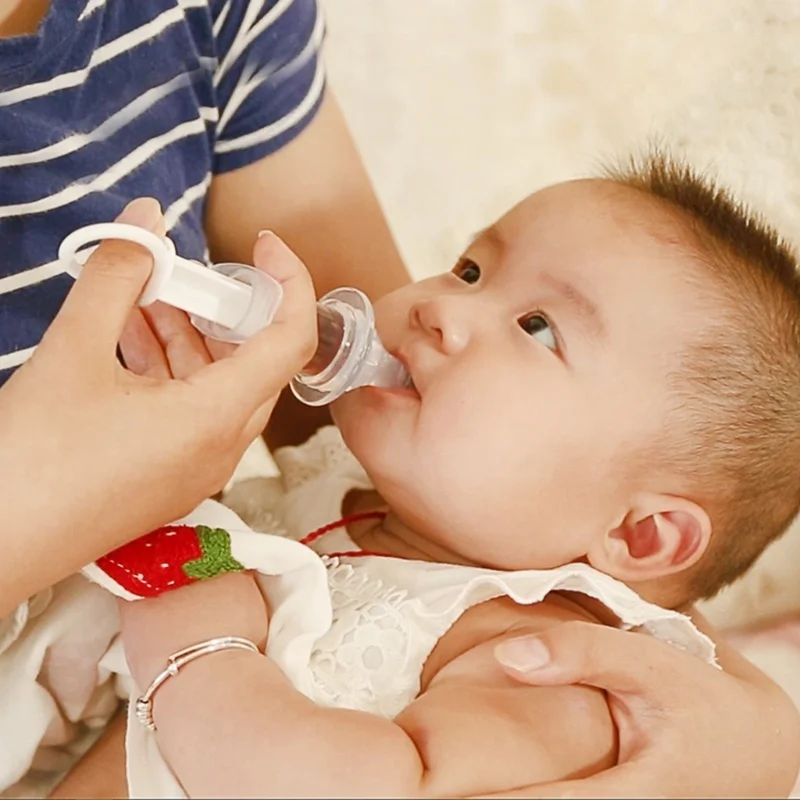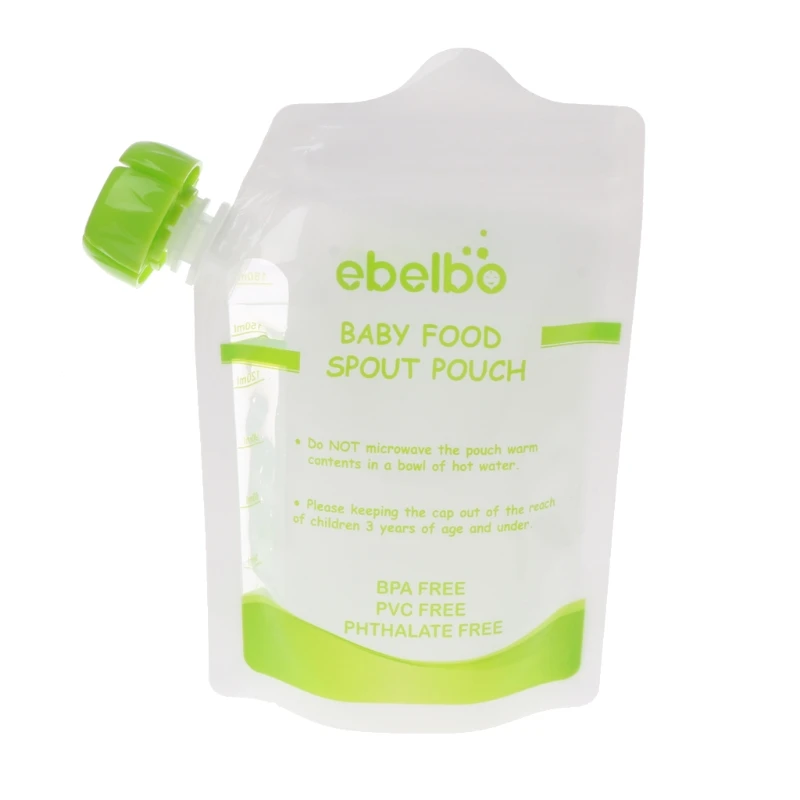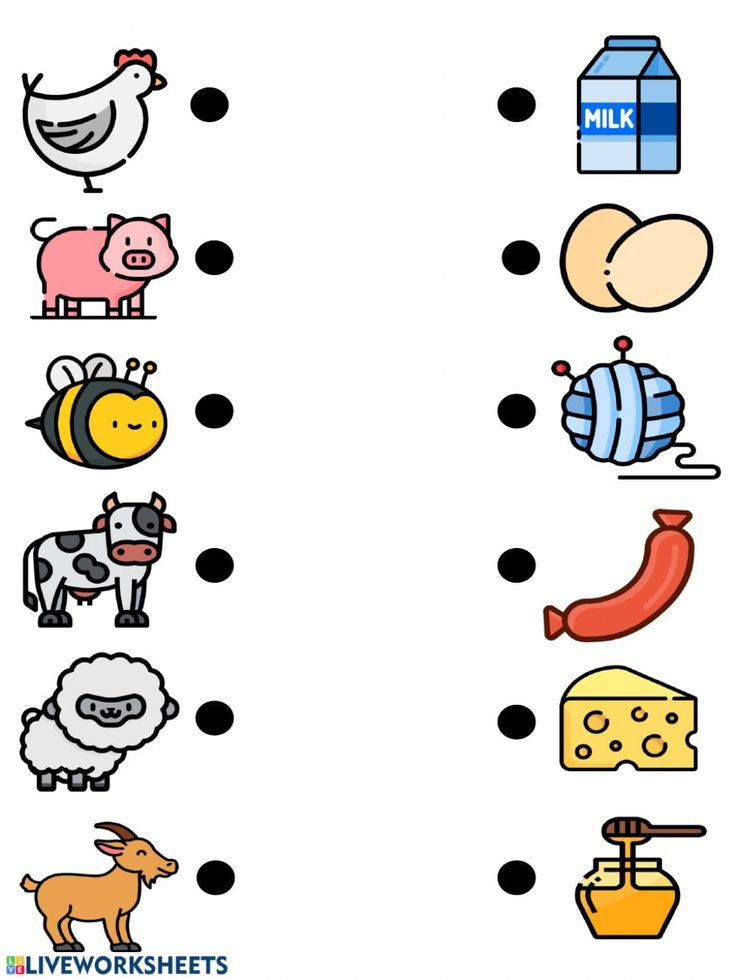Feeding baby bettas
Baby Betta Fish: Comprehensive Guide To Proper Care
Japanese Fighting Fish is reader-supported. When you purchase through one of our links we may earn an affiliate commission (at no extra cost to you).
Adult Bettas are a colorful addition to any aquarium, and they’re reasonably easy to take care of, but what about baby Bettas?
Is it challenging?
Baby Bettas are pretty challenging to keep, and they require monitoring more than adults. But, if you’re willing to go through this challenge and raise baby Betta fish, we’ll help you!
[FREE DOWNLOAD]: How To Avoid The Top 5 Mistakes New Betta Owners Make
We’ll tell you all about their diet, breeding, ideal tank conditions, and more. So, without further ado, let’s jump in!
Page Contents
- Ideal Tank Conditions
- Water Quality
- Temperature
- Tank Size
- Tank Substrate
- Tank Mates
- How to Feed Baby Betta Fish
- Where to Get Baby Betta Fish
- How to Breed Betta Fish
- How to Make Baby Betta Fish Grow Faster
- Common Aquatic Diseases
- Watch This!
- Frequently Asked Questions
- Are baby Betta fish aggressive?
- What are suitable baby Betta tank mates?
- What is an ideal baby Betta fish body size?
- Conclusion
Ideal Tank Conditions
The first thing you should know is the ideal tank conditions for baby Betta fish. These are essential for the happiness and well-being of your baby Bettas.
Water Quality
First of all, baby Bettas prefer living in high-quality water, which means it’ll be best if you install a sponge filter. We know there are many other filters you can install, but they might create water currents in the aquarium.
Accordingly, they might cause your young Bettas to get sucked up into the current and get badly injured.
If you choose not to install a filter, you’ll need to maintain regular water changes to clean the tank. Ideally, you should change about 25% of the tank water twice every week. You can also use airline tubing or an aquarium vacuum to remove dirty water from the bottom of the tank.
Temperature
In general, Betta fish are tropical, which means they need high temperatures to thrive. Baby Betta fish even love higher temperatures than adults.
If you raising baby Bettas, you should maintain an aquarium temperature ranging from 76 to 82 degrees Fahrenheit using an aquarium heater.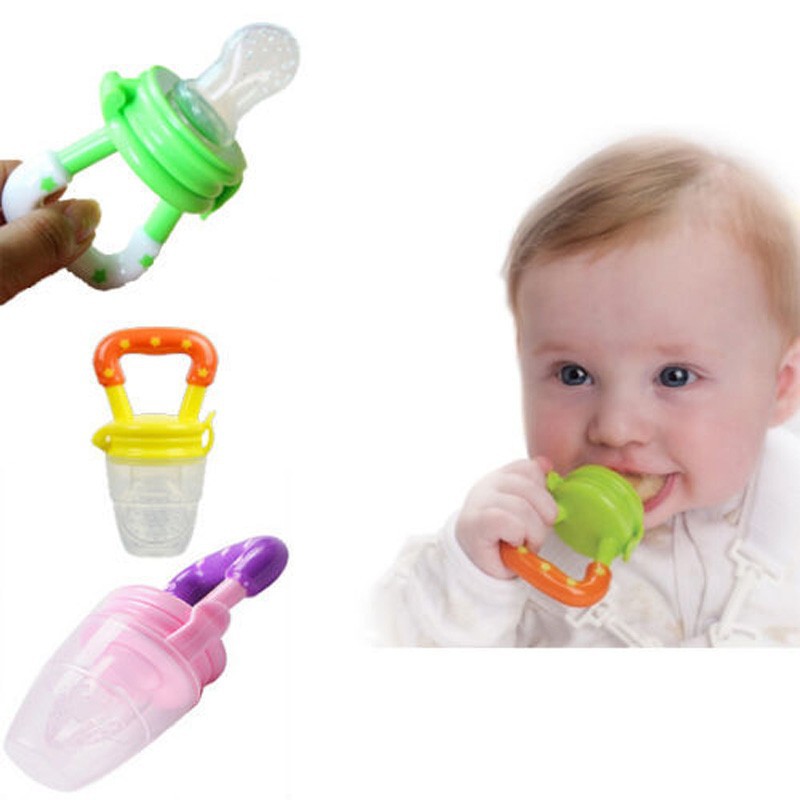
You should avoid changing the baby Betta tank temperature constantly because this can cause your Bettas to stress, which may hinder their growth.
Tank Size
While adult Betta fish live in large tanks, baby fish get stressed when they have ample space to swim. These are optimal for growth and won’t cause your fish any stress.
Ideally, if you want your baby fish to be comfortable and grow well, you should look for 2.5-5 gallons tanks.
Tank Substrate
Baby Bettas are curious and love exploring around the tank, so adding substrate will benefit them. However, rocks and gems aren’t suitable because newly hatched Betta fish might injure themselves or get trapped under them.
Try settling for small gravel or sand as a baby Betta tank substrate, instead.
Tank Mates
Baby Bettas can live together in one tank until they begin to show colors. Once you notice this, you should separate your Bettas into different tanks. You can either put each one in a small tank or a cup.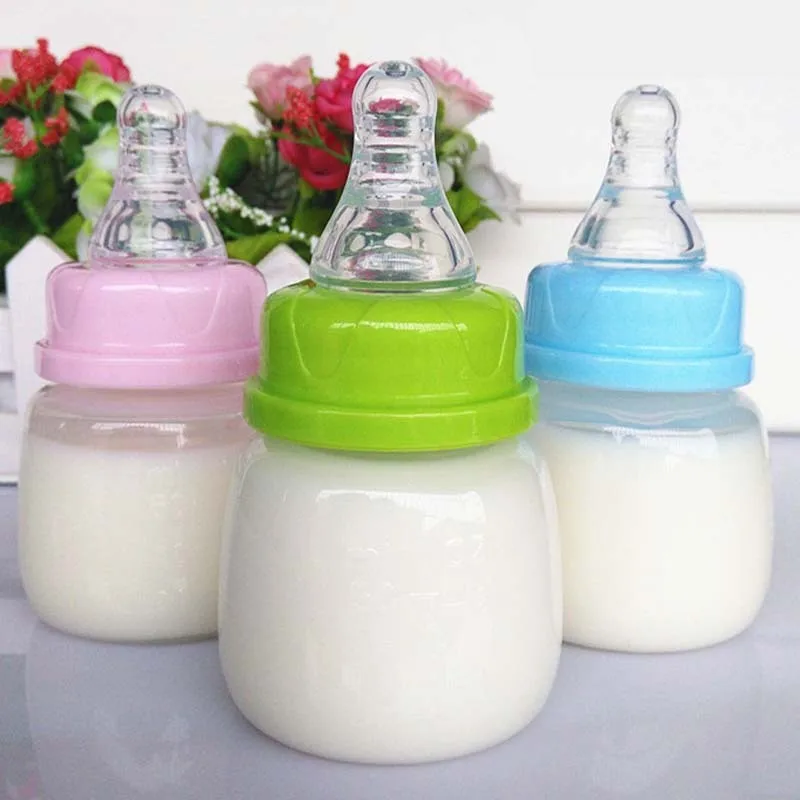
[FREE DOWNLOAD]: How To Avoid The Top 5 Mistakes New Betta Owners Make
They often show color once they reach about nine weeks, which is a sign that they’ll start getting more aggressive.
This way, you’ll avoid fights and injuries in your aquarium. But beware that you’ll also need to put more effort into feeding and monitoring all of your fish.
It’s worth mentioning that male Bettas are more aggressive than their female counterparts, and they love fighting, like all Siamese fighting fish. As for female Betta fish, you can keep them together in a sorority tank without an issue.
When breeding, you can keep one male with several females. Accordingly, if one female doesn’t want to mate, the male will have a higher chance of finding one that has no issues. When males don’t find available females to mate with, they get more aggressive than usual.
Fun Fact: It’s not recommended to keep other types of fish with baby Bettas since this might harm and stress your young fish.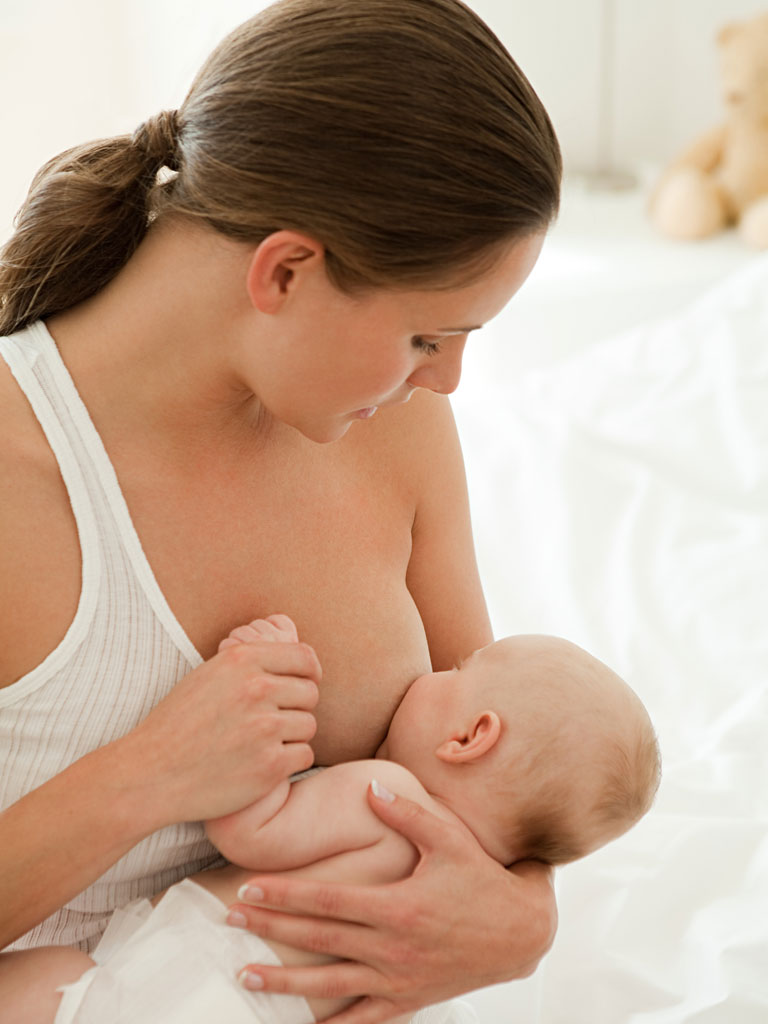
How to Feed Baby Betta Fish
In the wild, Betta fish are carnivorous, and they mainly feed on insects and insect larvae. However, in tanks, they feed on live and frozen foods.
Young Bettas can eat live food like Daphnia, tubifex worms, brine shrimp nauplii, white worms, mosquito larvae, and Grindal worms.
If live food isn’t readily available, you can feed your Betta fry (newly-hatched fish) frozen foods or crushed pellet foods. If you feed them pellets, you should monitor them to ensure they eat the food. Sometimes, baby Betta fish ignore pellets and don’t go near them, which means they might starve if you don’t notice.
Ideally, you should feed your Betta fry a minimum of two times per day, preferably even more. And you shouldn’t put too many pellets in the aquarium at once. Instead, you should put small amounts many times a day. This way, the water will stay clean, and your baby Betta fish will have a well-balanced diet that’ll help them grow.
Another meal you can provide for your Bettas is infusoria, which is a liquid fry food that you can add to the aquarium using an eyedropper.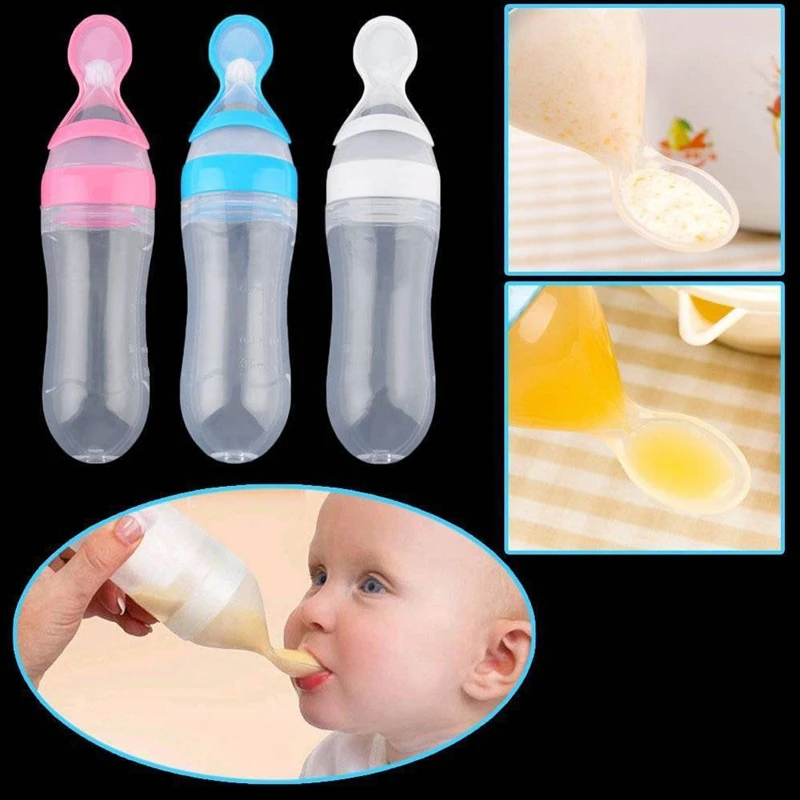 You can find it in many pet stores.
You can find it in many pet stores.
As baby Betta fish grow, they’ll be more ready to accept larger foods, so you should adjust their diet accordingly.
Where to Get Baby Betta Fish
Since young Betta fish are so fragile, they often don’t survive in fish stores for long. And although we don’t recommend buying them from such stores, sometimes it’s the only option. If it happens, you should check the conditions that the fish are living in and use your judgment to decide. But how can you do so?
Generally, most stores keep Betta fish in small cups, so you should look at them and make sure the water is clean and the fish is active. If you notice otherwise, look for another store.
Other than stores, you can purchase Betta fry from breeders, but it’ll take some online research to find a good one.
The option we recommend is that you breed your own Betta fish.
This way, you’ll know that they’re healthy and well-fed. And since breeding Betta fish might not be common knowledge, we’ll tell you everything you need to know about the process.
How to Breed Betta Fish
[FREE DOWNLOAD]: How To Avoid The Top 5 Mistakes New Betta Owners Make
The first step in breeding Bettas is to buy a breeding tank. Ideally, it should be a 10-gallon tank without any substrate. Then, you should get female and male Betta fish and ensure that your males are healthy and active with brightly colored bodies.
Next, add your females and wait about half an hour before adding the male Betta fish. The male will form a bubble nest at the water’s surface to attract the female, and then she’ll go over to him. After the mating rituals, the female will lay eggs, and the male will take them to care for them in the nest.
After this happens, you should take the female out of the tank and wait for the eggs to hatch. Once they do and the baby Betta fish start swimming, you can remove the male and raise the babies.
How to Make Baby Betta Fish Grow Faster
If you’re growing Betta fry for breeding purposes, you can fasten their growth through a few steps. First of all, Betta babies produce growth-inhibiting hormones (GIH) in the tank, which can slow down the fish’s growth rates. This way, you’ll keep the water clear of the hormones, and your Betta fish will grow faster.
First of all, Betta babies produce growth-inhibiting hormones (GIH) in the tank, which can slow down the fish’s growth rates. This way, you’ll keep the water clear of the hormones, and your Betta fish will grow faster.
You should change about 50% of the tank water every few days to fix this issue.
Secondly, feeding your Betta babies infusoria through an eyedropper for the first few days after hatching will give them all essential nutrients and help them grow.
After a few days of giving your Bettas infusoria, you can feed them newly hatched brine shrimp that you previously cultured at home or purchased. You can feed your Bettas shrimp multiple times in the same day or stick with two times a day but put larger amounts in the tank.
Bettas often start accepting brine shrimp nauplii at a young age, and it helps them grow quicker.
Thirdly, as your fish grow, it’s essential to upgrade their tank size. Small tanks cause fish stress, so they won’t be able to swim freely.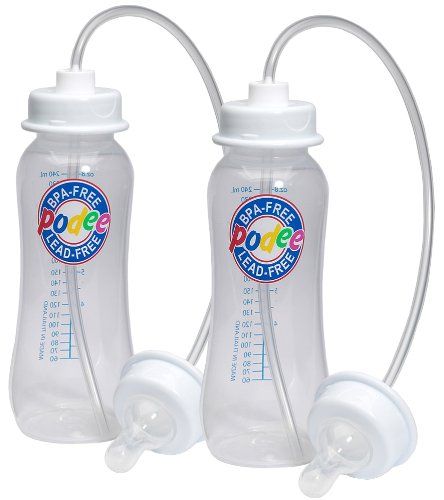 Therefore, they’ll grow slower than average.
Therefore, they’ll grow slower than average.
To avoid this, you should purchase at least a 10-gallon tank once your Bettas fully grow.
Finally, it’s better to separate Betta fish once they grow. This way, they won’t compete for food and will eat freely. More so, you’ll be able to monitor each one better to know which one is healthy and which isn’t.
Common Aquatic Diseases
Like all fish, baby Bettas are susceptible to getting many aquatic diseases. Most of the time, the diseases come from poor care for the fish.
For instance, if you forget to change the tank water and keep it clean, your fish will be more likely to get a bacterial infection. Likewise, if you feed your fish more or less than they should, they’ll have a higher risk of developing various diseases.
Bettas’ most common aquatic diseases are fin rot, Ich parasite infection, velvet infection, swim bladder disease, and dropsy.
Most of these can easily be treated by adding antibiotics or medicines to the water, but the success of the treatment depends on how early you discovered the disease.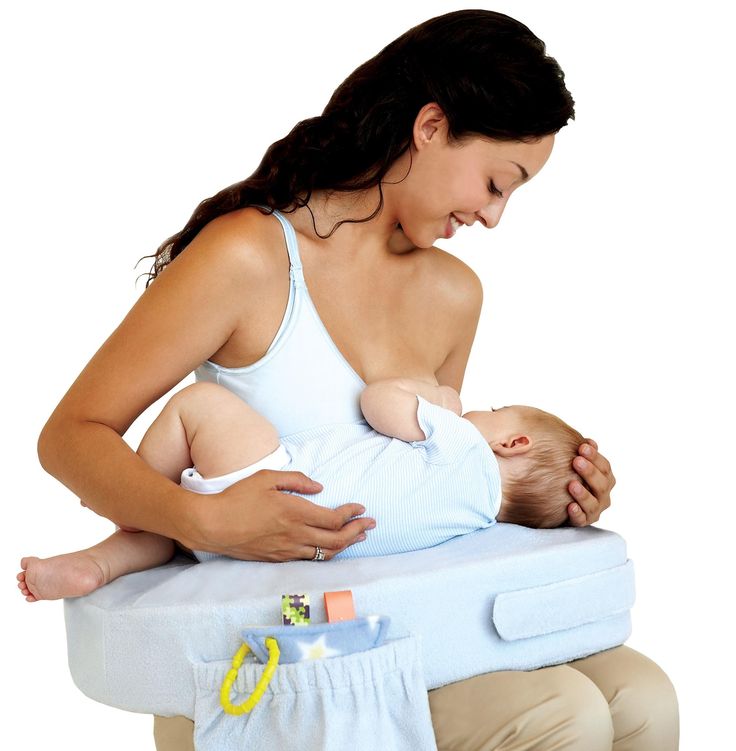 It’s easy to avoid these diseases if you maintain a clean aquarium and suitable water parameters for your fish.
It’s easy to avoid these diseases if you maintain a clean aquarium and suitable water parameters for your fish.
Watch This!
Frequently Asked Questions
Are baby Betta fish aggressive?No, baby Betta fish aren’t aggressive. They shouldn’t cause fights and clash with tank mates until they become adults. That’s why it’s safe to keep many baby Bettas in the same tank.
What are suitable baby Betta tank mates?Baby Betta fish shouldn’t have any tank mates (except themselves). But once your Bettas fully grow, you can put some other fish in the aquarium like Cory catfish, Malaysian trumpet snails, Tetras, and Platies. Beware that if you put larger fish than Bettas in the tank, they might feed on them.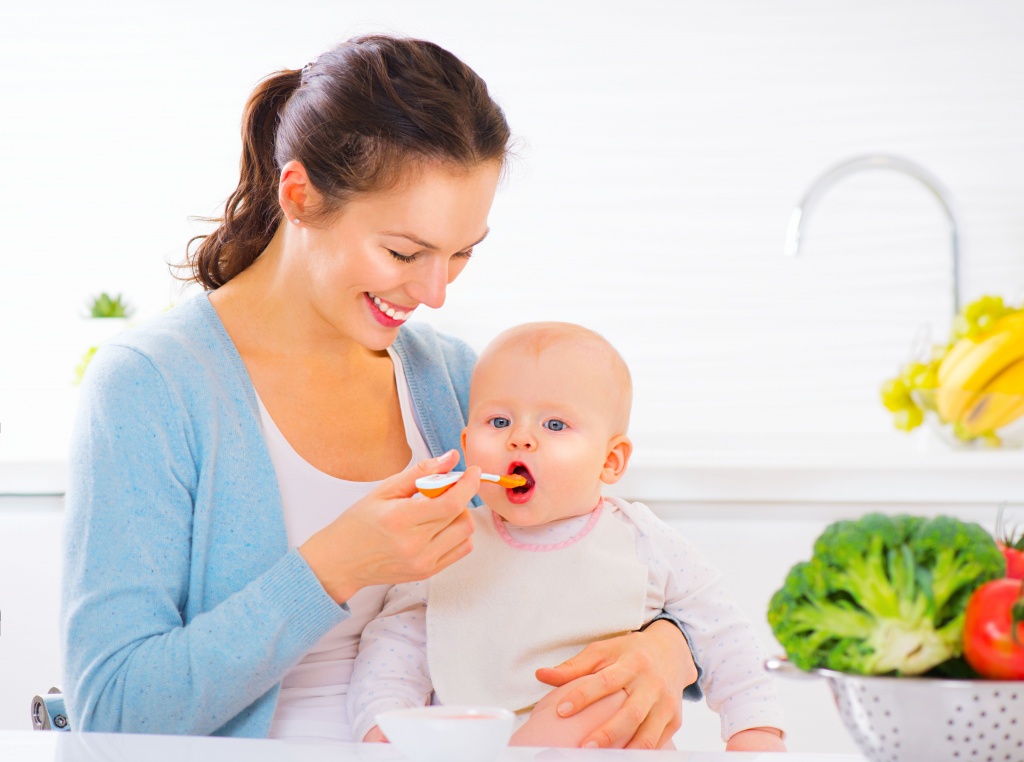
The answer depends on how old your fish is. If your baby Betta fish is only a week old, it should be about 0.2 inches long. Once it reaches the one-month milestone, it should be 0.4. Finally, your Betta should be about two inches long after two months.
Conclusion
Keeping fish is an exciting hobby, but it takes effort and commitment, especially when raising baby fish. Raising baby Betta fish is much more challenging than keeping adults; they’re more fragile, require closer monitoring, and need more frequent tank water changes.
[FREE DOWNLOAD]: How To Avoid The Top 5 Mistakes New Betta Owners Make
Baby Bettas love feeding on live foods like brine shrimp and dried foods. More so, they require high temperatures, clean water, and small gravel in the tank.
Now that you know all about raising baby Bettas, you can maintain a healthy and colorful aquarium!
Last Updated: July 6, 2022
Baby Betta Care — LOVELYBETTAS
- KEEP SEPARATE
- WIDE VARIETY OF FOOD
- PROPERLY HEATED WATER
- MORE FREQUENT WATER CHANGES
- SPONGE FILTER OR NO FILTER
HOUSING: KEEP ALONE IN 1 GALLON OR MORE PER baby betta
Though baby bettas are small, that's not a reason to permanently keep them in a tank smalller than one gallon. They need to grow, and tanks smaller than a gallon may stunt growth and put health in danger. Baby bettas should be kept alone in order to prevent stress and being picked on unless being kept peacefully with siblings. Even a snail could be harmful — the curious betta may be poking around near the snail, hoping to find food, when the snail snaps shut right on the poor baby. Please wait until the baby is full size until adding tank mates.
They need to grow, and tanks smaller than a gallon may stunt growth and put health in danger. Baby bettas should be kept alone in order to prevent stress and being picked on unless being kept peacefully with siblings. Even a snail could be harmful — the curious betta may be poking around near the snail, hoping to find food, when the snail snaps shut right on the poor baby. Please wait until the baby is full size until adding tank mates.
feeding: WIDE variety of food
A baby betta's diet should be much more diverse than adult size bettas. In order to keep the baby growing and healthy, you'll need to feed it more than just pellets its whole life, especially while it is still growing. Live foods such as grindal worms, tubifex worms, white worms, blackworms, and mosquito larvae are exceptional for young bettas. However, if you cannot get your hands on them, nonliving foods can do well also. My favorite nonliving foods to feed baby bettas. along with crushed pellets, are freeze dried tubifex worms, frozen brine shrimp, and Repashy gel foods.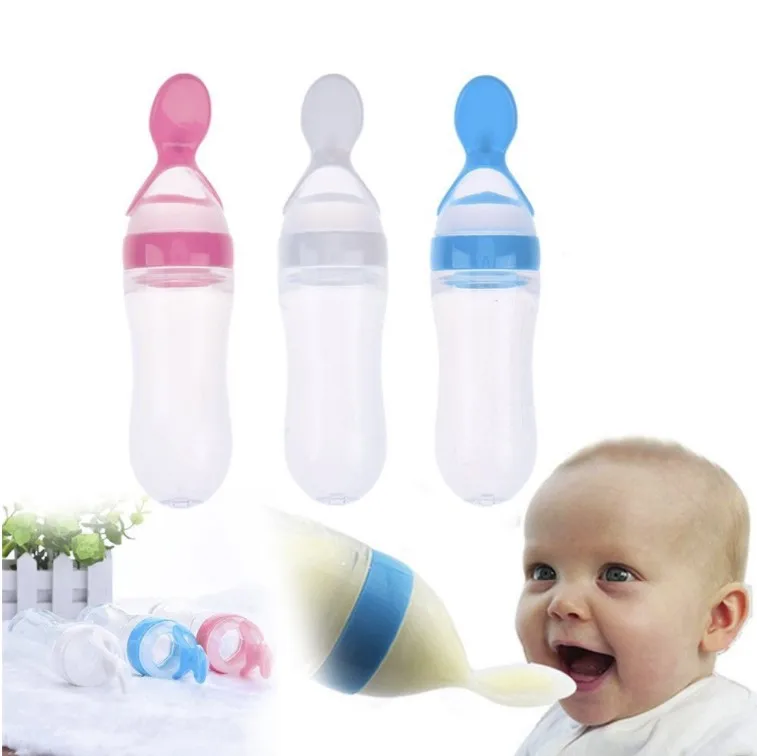 Frozen bloodworms can also be fed but I have found that they make a mess since the babies chew up the insides and spit out the outer shell of the worms. Freeze dried tubifex worms seem to make the least mess, and are available at most fish stores. These can be fed as a treat as freeze dried foods do not hold much nutrients. Frozen brine shrimp is usually accessible at most pet stores, and the babies seem to grow well on them. As a breeder, I like feeding Repashy gel foods, specifically soilent green and meat pie, to all my tanks for the fry to graze on all day. However if you are just keeping one or two bettas as a pet, then the gel foods may not be as suitable for you unless you have many fish to feed and are willing to pay the price/extra effort.
Frozen bloodworms can also be fed but I have found that they make a mess since the babies chew up the insides and spit out the outer shell of the worms. Freeze dried tubifex worms seem to make the least mess, and are available at most fish stores. These can be fed as a treat as freeze dried foods do not hold much nutrients. Frozen brine shrimp is usually accessible at most pet stores, and the babies seem to grow well on them. As a breeder, I like feeding Repashy gel foods, specifically soilent green and meat pie, to all my tanks for the fry to graze on all day. However if you are just keeping one or two bettas as a pet, then the gel foods may not be as suitable for you unless you have many fish to feed and are willing to pay the price/extra effort.
TEMPERATURE: 76-84F/24-29C
Like regular bettas, baby bettas need warm water. I try to keep the temperature at least at 80F/27C. Colder water will especially stress a younger betta, and makes them prone to disease. It also seems to slows down appetite. Information on heaters for bettas and basic betta care can be found here.
Information on heaters for bettas and basic betta care can be found here.
CLEANING AND FILTERS: ADDITIONAL WATER CHANGES AND SPONGE FILTERS
Since young bettas need to eat more frequently than adults, they'll need extra water changes. This is especially for if you are keeping siblings together as they seem to stunt each others growth. Add additional water changes to your schedule depending on the size of your tank. If you are going to be using a filter please USE A SPONGE FILTER! Other filters such as power filters may suck up your baby betta or the strong current may injure the betta. A filter is not necessary if you are going to be doing very very frequent water changes.
90,000 PROVING FISH A Cockerel at home- Selection of pairs
- Preparation of spawning
- Several
- Growing fry
- Potential problems and benefits
- Videos on the topic: “Propagation of the Rooster fish” 9000
Labyrinth - always spectacular spectacular - always spectacular spectacular spectacular - a spectacular spectacular .![]() Cockerel fish are no exception, the reproduction of which will not leave anyone indifferent. In order for the spawning to be successful, the fry that appeared to survive and receive full development, you need to know the nuances of breeding this species. nine0018
Cockerel fish are no exception, the reproduction of which will not leave anyone indifferent. In order for the spawning to be successful, the fry that appeared to survive and receive full development, you need to know the nuances of breeding this species. nine0018
A male cockerel fish is busy building a foam nest for his offspring.
Mating
Bettas reach sexual maturity at 5-6 months. Individuals aged 6-8 months are considered optimal for breeding. Experienced aquarists recommend getting offspring from fish no older than one and a half years. Using older breeders, there is an increased risk of high fry mortality.
Gender differences in betta fish.
It is not difficult to distinguish a female betta from a male. The male fish has a slender body and more magnificent fins, which become longer with age. The female cockerel has a more faded color, short fins, a rounded abdomen. A distinctive feature is the presence of a white grain (ovipositor) near the anus. nine0018
nine0018
The selection of a pair for breeding should be taken responsibly. It is better to buy fish from experienced breeders or amateur aquarists. By purchasing males in this way, you can get information about their age, genetic characteristics. The pet store often sells old specimens grown with the use of hormones. The offspring from such sires will have a high mortality rate and congenital genetic defects.
When choosing a pair, you should give preference to fish of approximately the same age and size. The same color is desirable. nine0018
14 days before breeding, the pair is separated by planting in different containers or by installing a transparent partition in the aquarium with holes for water circulation. Before breeding, the diet of fish should consist of high-protein foods. Organisms of bettas form reproductive products - caviar and milk. In preparation for spawning, the temperature is kept elevated, the water is repeatedly partially changed.
High-protein fish food is most often food of animal origin. Dry, frozen or live. nine0018
During this period, the behavior of the couple should be observed. The fish should be interested in each other, the male is lively, swims in circles, spreads his fins. A little aggressiveness is acceptable. If both individuals constantly attack each other, rushing to the partition, it is better to pick up another pair.
Preparing the spawning ground
An aquarium with a volume of 20-40 liters filled with water to a height of 10-15 cm is suitable for breeding bettas. The aquarium must be equipped with a heater, lighting, and a filter. Water should be settled for 3-4 days, with a pH of 6.7-7.3. Hard old water will not work. nine0018
A pair of holly plants should be attached to the bottom of the cockerel spawning tank. Place small floating algae on the surface of the water, in a small amount - Riccia, duckweed, water paint. They will be additional building material for the nest.
You can make your own spawning cockerel, for example, as in this photo. Here, the female was placed in an aquarium with the male in a separate container.
Do not put pebbles or sand on the bottom of the aquarium, eggs that have fallen into the ground can easily get lost. Equip a grotto or other shelter for the female. nine0018
The optimum temperature for the start of spawning is 26-28˚C. The lighting should be subdued, the filter turned off. The aquarium is located in a quiet place where no one will disturb the fish.
Along with the preparation of the breeding ground, you need to take care of the food for the fry in the first days of life. A three-liter jar is filled 2/3 with water, putting a piece of banana peel on the bottom. Add a teaspoon of milk. The bank is placed in a warm place. After 3-4 days, you can notice the first ciliates that have appeared. In summer, ciliates are grown in a garden barrel, putting hay dust in the water. nine0018
nine0018
How we see ciliates with the naked eye and under a microscope.
A microworm culture is purchased from the pet store, which will be needed a little later. When the cock babies noticeably grow up.
Spawning
The first to be introduced into the breeding tank is the male. He proceeds to build a nest of air bubbles, holding them together with saliva and parts of floating plants. The result is a cap of foam that rises above the water. The bright color of the partner, the end of construction are signals that the moment has come for replanting a pregnant female. nine0018
14:52
It's necessary! As ordered! Epic cockerel spawning
Cockerel chasing the female, delivering sensitive blows. At some point, the cockerel wraps around the partner, squeezes the caviar out of the abdomen and pours milk. The male picks up the fertilized eggs and takes them to the nest. The mating process is repeated 1-4 times. A sign of the end of breeding: the male is engaged in the nest, the female is hiding in a shelter. The female fish at this time needs to be transplanted.
The female fish at this time needs to be transplanted.
If the males do not start breeding, they take measures: raise the temperature to +30˚С, soften the water with peat additives from the pet store, change part of the water. For one spawning, the female lays more than 600 whitish eggs of irregular shape. nine0018
The male wraps around the female and helps her to push the eggs.
Males are not fed during the breeding season in order not to spoil the quality of the water in the spawning area. This does not bear any negative consequences for adult fish.
Growing fry
The male takes care of the nest: removes the dead eggs, corrects the crumbling edges of the cap from the foam, picks up the eggs that have fallen to the bottom. During this period, it is necessary to illuminate the aquarium around the clock so that the fish do not fall asleep and part of the eggs do not die. nine0018
Cockerel cubs in a nest that will soon be abandoned.
After 24-48 hours the larvae appear, they are not fry yet, but they are mobile and have black eyes. The yolk sac serves as a food source for the larvae for 3-4 days. Then the tail appears in the larvae, the fry begin to leave the nest. At this time, the tired parent is removed.
The beginning of self-feeding of babies is the most crucial moment in growing fry. At this time, the highest mortality rate of juveniles is observed. The best food for small fish in the first week of life is ciliates. nine0018
If it is impossible to get live food, it is replaced with store-bought microfood diluted in water or egg yolk. Such food is worse absorbed by babies, greatly spoils the water in the aquarium.
From a week to a month of age, small fish are fed 2 times a day with microworms, vinegar eels or small brine shrimp. The latter should not be carried away, overeating can cause damage to the swim bladder in young bettas. When feeding dry or liquid food, change the water frequently. The film of bacteria that appears on the surface of the water is removed with a sheet of clean paper. nine0018
The film of bacteria that appears on the surface of the water is removed with a sheet of clean paper. nine0018
03:07
BABY COCK IN THE FIRST MONTH OF LIFE!
06:37
How to raise male fry from the first days and after
The labyrinth breathing apparatus is formed in fish in 3-4 weeks, until this moment the compressor should work. Every day, with the help of a siphon or syringe, a part of the water is replaced, gradually increasing its level in the aquarium. The temperature is gradually reduced to 22-24˚С.
From the age of three weeks, young males are sorted so that large individuals do not eat the babies. Juveniles are placed in a large aquarium for full growth. At the age of one month, they begin to accustom the fish to the cut tubifex. nine0018
Little cockerels grow up very quickly.
The period from an egg to an adult fish in males is 5-6 months. But already from the age of 3 months, the first sexual differences appear. At this time, young individuals have short fins, it can be difficult to distinguish a girl from a boy. Some specimens begin to show aggressiveness early, they should be planted.
At this time, young individuals have short fins, it can be difficult to distinguish a girl from a boy. Some specimens begin to show aggressiveness early, they should be planted.
Potential Problems and Benefits
Having become fascinated with breeding bettas at home, the hobbyist must decide whether he is doing this for interest or pursues certain goals. You can try to develop your own genetic line of fish, selecting from each offspring the producers that best meet the intended standards. Some aquarists breed bettas for commercial purposes. nine0018
Maybe it is you who will create a new form of cockerel fish?
In any case, steps should be taken to market the reared fry. This could be online ads or networking with pet stores. Otherwise, the number of young fish will become so large that there will be nowhere to keep them. After all, each pair with good care is able to bring offspring once every 2-3 weeks. Even in the case of the death of a third of the total number of fry, partial culling, after each spawning, you can get 200-300 young cockerels.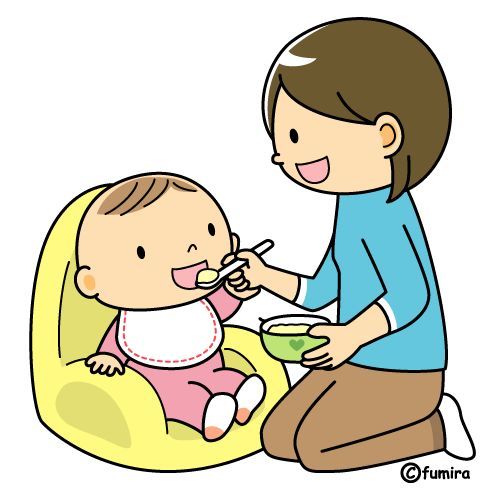 nine0018
nine0018
Regardless of the purpose for which betta breeding is carried out, it is always a spectacular sight. Watching a mating dance of a neon-painted partner around a pale female is worth the time and effort.
Video on the topic: "Cockerel fish breeding"
05:19
BREEDING COCKS FROM A TO Z IN 5 MINUTES!
34:47
COCKER BREEDING FROM A TO Z!!!
03:38
Betta spawning, Betta breeding, observation of fry for the first 5 days
How to properly feed cockerels
Cockerels are the favorite fish of beginner aquarists. Undemanding, but at the same time colorful, with magnificent fins, the length of which exceeds the length of the body. Usually males are kept individually. They do not get along well with representatives of other species, and with each other. What, how and how much to feed these fish so that they are full and healthy?
To answer this question, let's look at the features of these wonderful fish: nine0018
Cockerels are predators, in nature they feed on small invertebrates. Like all carnivores, they need an increased amount of high-quality animal protein in their diet. This will ensure proper digestion, harmonious growth and development.
Like all carnivores, they need an increased amount of high-quality animal protein in their diet. This will ensure proper digestion, harmonious growth and development.
Cockerels have an upper mouth. This means that they feed mainly from the surface of the water and ignore food that has fallen to the bottom. Especially if the fish is not hungry. So choose stern that float on the surface for a long time.
Cockerels are fish with a bright color. The natural color of the cockerel is inconspicuous, however, breeders have bred breeds of red, blue, turquoise, yellow, white, black colors and their combinations. The intensity of red-yellow shades depends on the content of special pigments, carotenoids, in the muscles and skin of the fish.
They are not synthesized in the body and are supplied with food . Natural sources of carotenoids are small crustaceans that feed on phytoplankton (krill, gamarrus), algae, yeast. Their high content in provides intense reds, yellows and oranges. In addition, carotenoids are a natural antioxidant and have an anti-inflammatory effect, due to which microtraumas heal faster. The skin acquires a healthy look and shine, so the fish of any color look spectacular.
Their high content in provides intense reds, yellows and oranges. In addition, carotenoids are a natural antioxidant and have an anti-inflammatory effect, due to which microtraumas heal faster. The skin acquires a healthy look and shine, so the fish of any color look spectacular.
Many betta breeds have long fins. The fins require extra attention. Improper feeding, lack of certain nutrients, vitamins and minerals leads to a deterioration in the condition of the fins, they are excised, become "torn". Fin injuries heal worse. nine0157 Foods rich in high-quality animal protein, vitamins, minerals and carotenoids ensure active fin growth and rapid recovery after injury.
Cockerels have relatively small mouths. Compared to fish of similar size, the betta has a small mouth. An incorrectly selected size of food will lead to the fact that the fish will not be able to swallow it, the food will settle in the ground and in the filter sponge, spoil the water, while the pet will remain hungry.